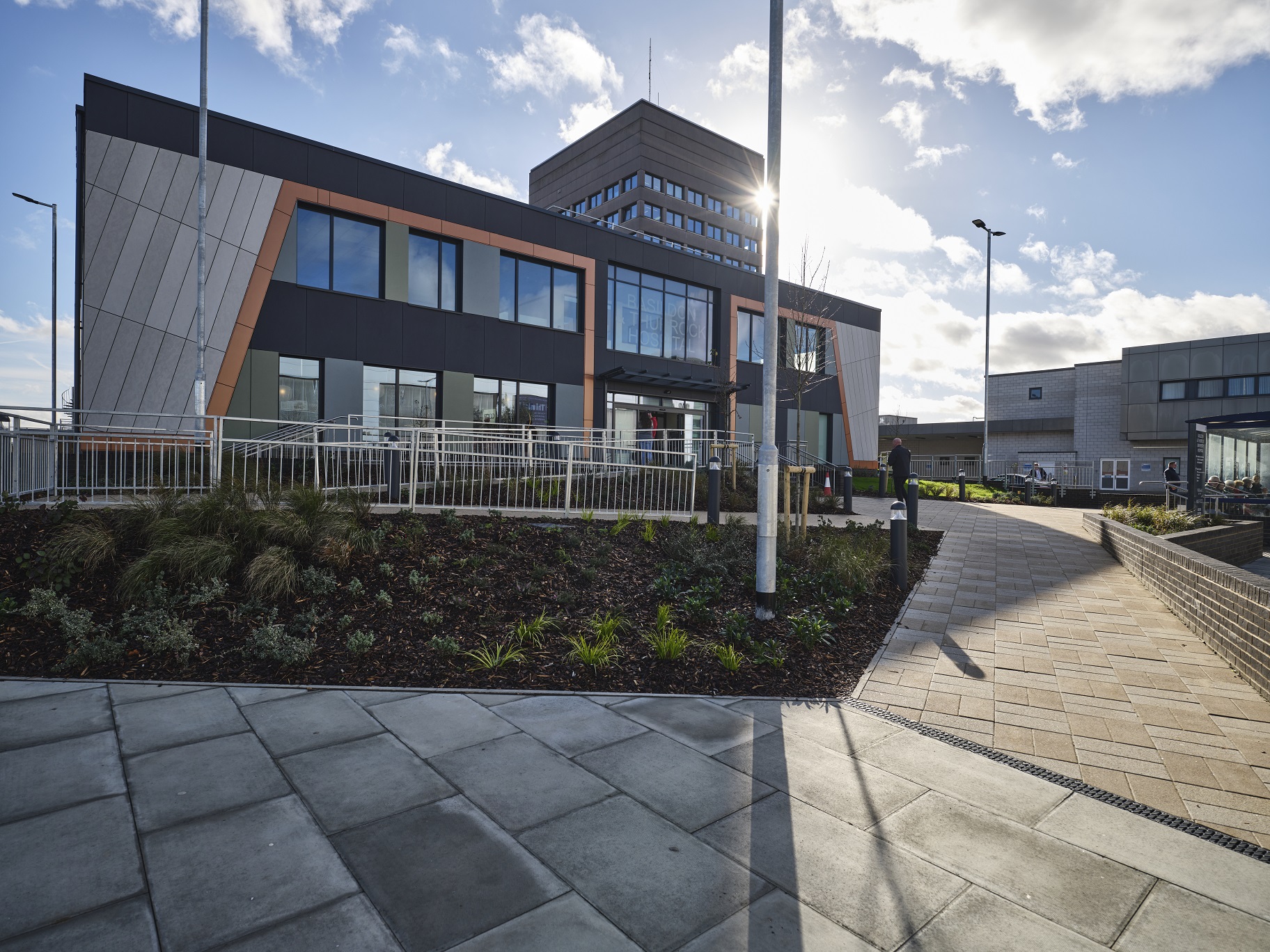By implementing innovations at pace and scale, the national impact set out in the ambitions of the 10-Year Health Plan and the Life Science Sector Plan can be realised.
Both recently published plans recognise place-based innovation is a strategic necessity. These national policies confirm what many of us working in health systems already know: the greatest gains will come when innovation is shaped by local context, with people who understand their communities and their needs, and through local strategic partnerships.
This means harnessing digital and data to support new models of care, for example, integrated neighbourhood teams, building strategic industry partnerships to supercharge our life sciences sector and deploying proven innovation to bolster primary and secondary prevention. Not only will this generate growth and prosperity in a local area, but it does so in a way that benefits the people in that community.
So what do we mean by place-based innovation? I see this as the designing, testing and scaling of solutions that are rooted in the specific needs of our system and geography, making best use of the assets available in the area. This requires looking beyond organisational footprints and acknowledging and addressing the context of our local population. Collaborative, locally-tailored innovation is equity focused, scalable and looks across the whole eco-system.
Place-based innovation works best because it acknowledges what's effective in Birmingham might need to look different in Barnet. It's about making solutions meaningful for the people they're designed to help, taking the best, reducing variation where it's important too, but recognising and tailoring to the local context.
The Government's Life Sciences Sector Plan rightly reframes innovation as a public service enabler, a way of sustaining the NHS, improving population health and driving local economic growth. But success will depend on implementation.
It's not enough to invent new ideas, we need to make them work in real-world settings.
Innovation is often seen as high-tech, high-cost and hospital-based. But in truth, many of the most powerful health innovations are those that help prevent illness, improve health equity and enhance care at the community level and out into people's lives.
Strong collaborations with local partners, for example universities, local government or local businesses, can support the implementation of innovation to go further and faster, and ensure new ideas are fit for the local populations served.
There is lots of this work happening across the Health Innovation Networks.
For example, Child Health Hubs, an innovative service model in north west London (NWL), enables all healthcare professionals involved in a child's care (GPs, paediatric consultants, social care managers, school nurses, mental health workers etc) to integrate care and regularly communicate as part of a multi-disciplinary team, making it faster and easier to address issues.
As part of a system-wide focus on children and young people's mental health, we've worked closely with a range of teams who understand local context, including PCNs to trial and scale mental health provision in existing, successful Child Health Hubs.
And in a one-year trial between August 2023 and August 2024, the National Lipid Programme Workforce Support Solution, funded by Novartis, enabled 123 practices across 19 PCNs and six boroughs in NWL to sustainably adopt and implement national lipid management pathways.
This directly addresses the needs of our population in NWL, where high cholesterol affects over 800,000 residents (almost 30% of our population).
It was delivered through local structures and partnerships – including ICHP funding and facilitating weekly virtual lipid multi-disciplinary teams with consultant and pharmacist colleagues from four NWL trusts to support local practices and PCNs with discussion of complex cases who know their patients.
In this one example, the proactive, locally-adapted approach resulted in £122k cost savings for the system, 6,321 patients identified as at-risk and invited to a lipid clinic, 246 staff members trained and 242 lipid clinics delivered.
If we are to meet the ambitions set out in the 10-Year Health Plan and the Life Sciences Sector Plan, we must embed innovation in place where lives are lived, health is created, and inequalities are felt most acutely.
Innovation can boost local, inclusive, economic growth – generating prosperity and ensuring local people who live and contribute to a place benefit from it.



